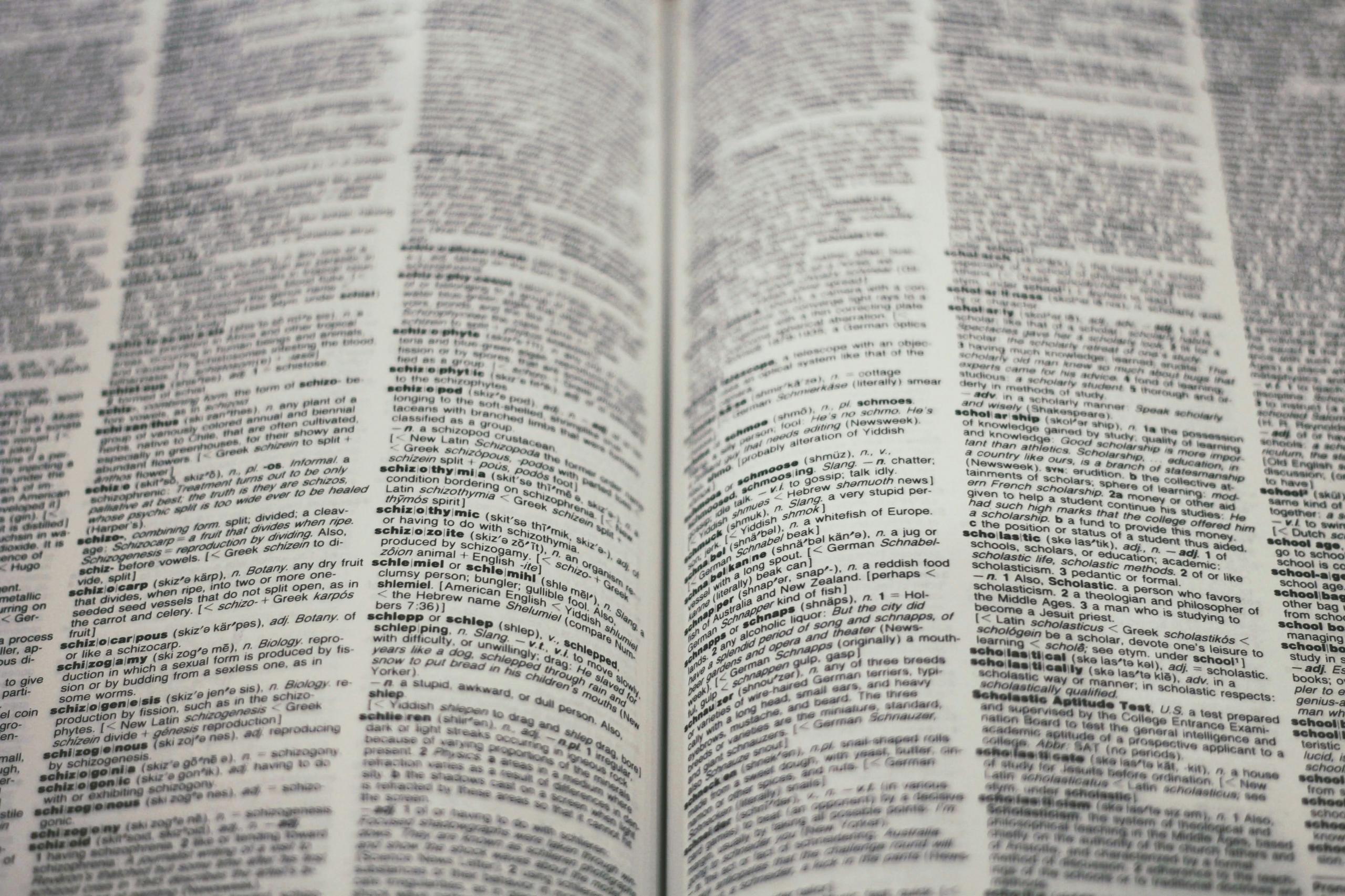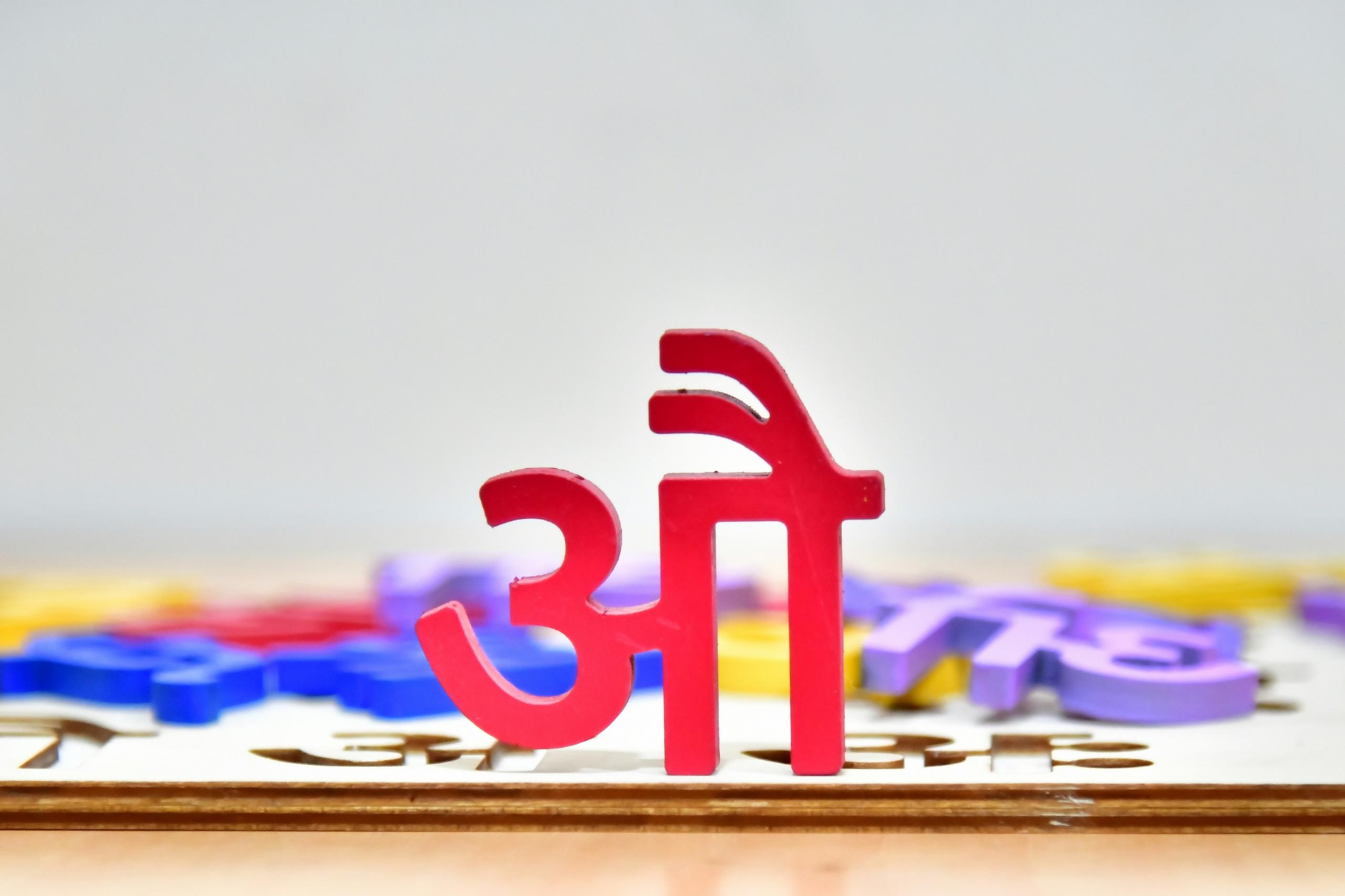Languages are one of the most fundamental parts of all of human culture. Communicating with our fellow humans is the absolute most fundamental thing that has led us to where we are as a species today, as well as perhaps having opposable thumbs.
Language is much more interesting than thumbs though, since language has a long and storied history of evolution wherever in the world you look. The development and use of languages closely mirrors social and historical developments as well, being intrinsically linked to human history itself.
But why should you care, I hear you say! Well, languages are about expression and communication, and the more language you know and understand, the more people you can communicate with about more things.
This is perhaps most especially true with Hindi, with the Hindi language being the third most spoken language in the world, and featuring many words with unique meanings that we don’t even have in English.


Is Hindi hard to learn?
As English language speakers, we will naturally find other languages difficult to learn. However, one of the many beauties of the Hindi language is that it is actually quite straightforward in terms of its fundamentals.
Much of this comes from how Hindi language evolved over time, while still maintaining its original essence and rules. It is a language that, unlike the endless exceptions of English, just makes sense.
Perhaps the most obvious example of this comes from pronunciation. In English, different combinations of letters can be pronounced completely differently based on seemingly completely arbitrary rules and random exceptions.
The word “yacht” being pronounced “yot” always springs to mind as an especially egregious example, but there are many such cases beyond this. However, by comparison it is much simpler in Hindi.
Why learning the Hindi language alphabet is important (and easy!)
Hindi uses the Devanagari alphabet, and one of its greatest advantages comes from this. While Devanagari has 52 characters compared to the 26 we use in English, it uses them to far better effect. This is most obviously shown when it comes to pronunciation.
Once you have the Hindi alphabet pronunciation locked down, that’s it. You can pronounce every single word in the Hindi language correctly! This is because unlike English, the pronunciation of every word is just stringing together the phonetic pronunciation of each letter in succession.
This makes Hindi a much more straightforward and logical language to learn, despite the larger array of characters. As is so often said, there is great beauty in simplicity!
Origins of the Hindi Language
Looking at how the Hindi language developed is also integral to understanding its history and cultural significance. It may be the third most spoken language in the world now, but like all things it had to start somewhere.
Hindi, much like other Indo-Aryan languages, can trace its roots back to Sanskrit as early as the 7th century CE. However, Hindi as we better know it today only began to properly come to be during the time of the Delhi Sultanate, beginning right at the start of the 13th century in 1206.
This Sultanate covered more than just India, including eastern Pakistan as well as much of Nepal and Bangladesh, resulting in the coming together of Hindu and Muslim cultures.
As these cultures came together, so too did their languages, with Sanskrit and Prakrit mixing with parts of the Persian language.
The merging of these languages is what formed the present day form of Hindustani. The Hindustani vernacular was central to the idea of Indian national unity during the Indian Independence movement, but has spread even further beyond this.
Hindustani has spread to prominence across the entire Indian subcontinent, most prominently in the northern parts.

What are the differences of Hindi vs Hindustani?
The crucial difference between Hindi and Hindustani is that Hindi refers to a register of Hindustani, whereas Hindustani is the overarching language that Hindi is technically just a part of.
However, there are also confusingly a subgroup of languages spoken across parts of India that are not related to Hindustani, but are referred to as Hindi languages. Most commonly though, Hindi will be referring to Hindi language as a register of Hindustani, as this is overwhelmingly the majority.
What are the differences between Hindi vs Urdu?
While Hindi and Urdu combined make up the two registers of the Hindustani language, they are actually very different in quite a lot of aspects. While Hindi uses the Devanagari script as was discussed earlier, Urdu uses its own unique script that is heavily influences by Persian script.
Urdu is also distinct in that it is written from right to left, as opposed to the left to right that is used by Hindi.
Is Hindi and Urdu the same in any ways?
As well as differences, by virtue of both being registers of Hindustani there are also a good number of similarities between Hindi and Urdu. The easiest way to conceptualise this is that they are two different ways of writing the same language, fundamentally.
This basically means that a Hindi-speaking person would be able to communicate with an Urdu-speaking person and both would be able to understand the other.
The differences (apart from a few more complex words and phrases exclusive to one or the other) are mostly only when the two languages are written down, meaning their spoken forms are very similar to the point of almost being indistinguishable.
One of the great advantages of these similarities was most famously championed by none other than Mahatma Gandhi, who spoke of how unifying Hindi and Urdu under the Hindustani name also brought together Hindus and Muslims living in India.
Even many years after his passing, this message still holds true, with the overlap between Hindi and Urdu being a crucial factor in allowing India to remain such a culturally diverse place despite its size and economic significance.

Is Hindi language learning worth it?
So, we know the Hindi language origin story now, but what of its use in the modern day? History is only half of cultural significance, after all. Fortunately, the other half being modern use is something Hindi is not lacking in either!
Hindi is the third most used language in the world, behind only English and Mandarin in terms of worldwide speakers. Hindi language translation is therefore not only an invaluable skill professionally, but also opens up a whole new world of media and literature to explore to a Hindi speaker.
This brings us back around to the idea that language is about expression and the sharing of ideas.

By virtue of being the third most spoken language in the entire world, there are a huge number of ideas, emotions, and other forms of expression that exist only in Hindi.
While Hindi language translation services can provide access to some of these, actually learning Hindi is undeniably the only way to actually gain access to all these in their purest forms.
This is especially true when it comes to literature and media, where translation and subtitling is almost infamous for never being able to carry across the original meaning.
You will often see discourse online about the merits of experiencing the original version of media, and with a language that carries as many unique qualities and idioms as Hindi, this is especially true.
Hindi is a language where reading a translated version or watching a subtitled version of any piece of media will never quite be able to bring out the beauty and emotion of experiencing it in its intended language.
To that end, Hindi is most certainly worth learning. However, as with any language or any academic discipline, learning it from scratch is far from easy.
Even with the relative simplicity of the Hindi alphabet in terms of pronunciation, you still need to learn thousands of words and their uses and sentence structures. However, all hope is not lost, as help is at hand!

























